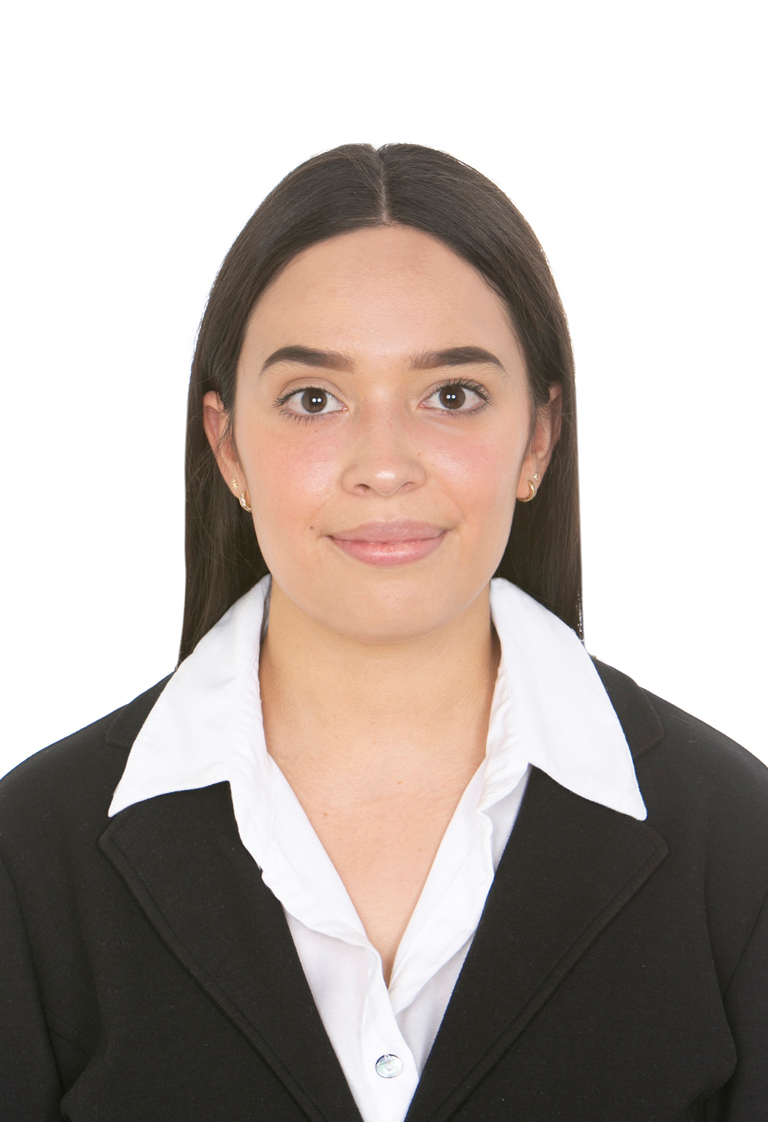Assessment of Clinical Outcomes
OR20 - Effectiveness Of Two Cleaning Protocols in the Removal of Bioceramic Sealers and AH Plus®: Micro-CT Analysis
Wednesday, April 2, 2025
1:45 PM - 2:00 PM EST
Location: Hynes Convention Center, Floor 3, Room 310

Liliana A. Llamas, D.D.S.
Dr.
San luis potosí, San Luis Potosi, MexicoDisclosure information not submitted.
Presenter(s)
Objective: To evaluate the effectiveness of two cleaning protocols in removing bioceramic sealers and epoxy resin-based sealer analyzed by micro-CT. Methodology: 104 single-rooted teeth were obtained and divided into 4 groups according to the sealer used during obturation (EndoSequence BC Sealer®, CeraSeal®, experimental Kerr® sealer, and AH Plus®). Each group was further divided into 2 subgroups based on the complementary cleaning method used (SClean® or R1 ClearSonic®). Debridement was performed using a rotary file, followed by the complementary cleaning method. A micro-CT scan was performed to evaluate the volume of remaining filling material. Data from the study were analyzed using Kruskal-Wallis test, Pairwise correction, and chi-squared.
Results: No significant difference was observed in the volume of remaining material between the complementary cleaning methods (p>0.05). 75% of the remaining material was found in the apical zone across all groups. The complementary cleaning method SClean obtained a lower volume of residual sealer in samples filled with EndoSequence compared to AH Plus®. The cement with the highest volume of residual material was AH Plus, followed by CeraSeal, Kerr, and EndoSequence BC Sealer. Apical patency was restored in 86.5% of the samples.
Conclusion: No statistical difference was found between the complementary cleaning methods during endodontic retreatment when evaluating 3 bioceramic sealers and one epoxy resin-based sealer. Bioceramic sealers showed less residual sealer when using the complementary cleaning method SClean.
Results: No significant difference was observed in the volume of remaining material between the complementary cleaning methods (p>0.05). 75% of the remaining material was found in the apical zone across all groups. The complementary cleaning method SClean obtained a lower volume of residual sealer in samples filled with EndoSequence compared to AH Plus®. The cement with the highest volume of residual material was AH Plus, followed by CeraSeal, Kerr, and EndoSequence BC Sealer. Apical patency was restored in 86.5% of the samples.
Conclusion: No statistical difference was found between the complementary cleaning methods during endodontic retreatment when evaluating 3 bioceramic sealers and one epoxy resin-based sealer. Bioceramic sealers showed less residual sealer when using the complementary cleaning method SClean.

.png)
.png)
.png)
.png)